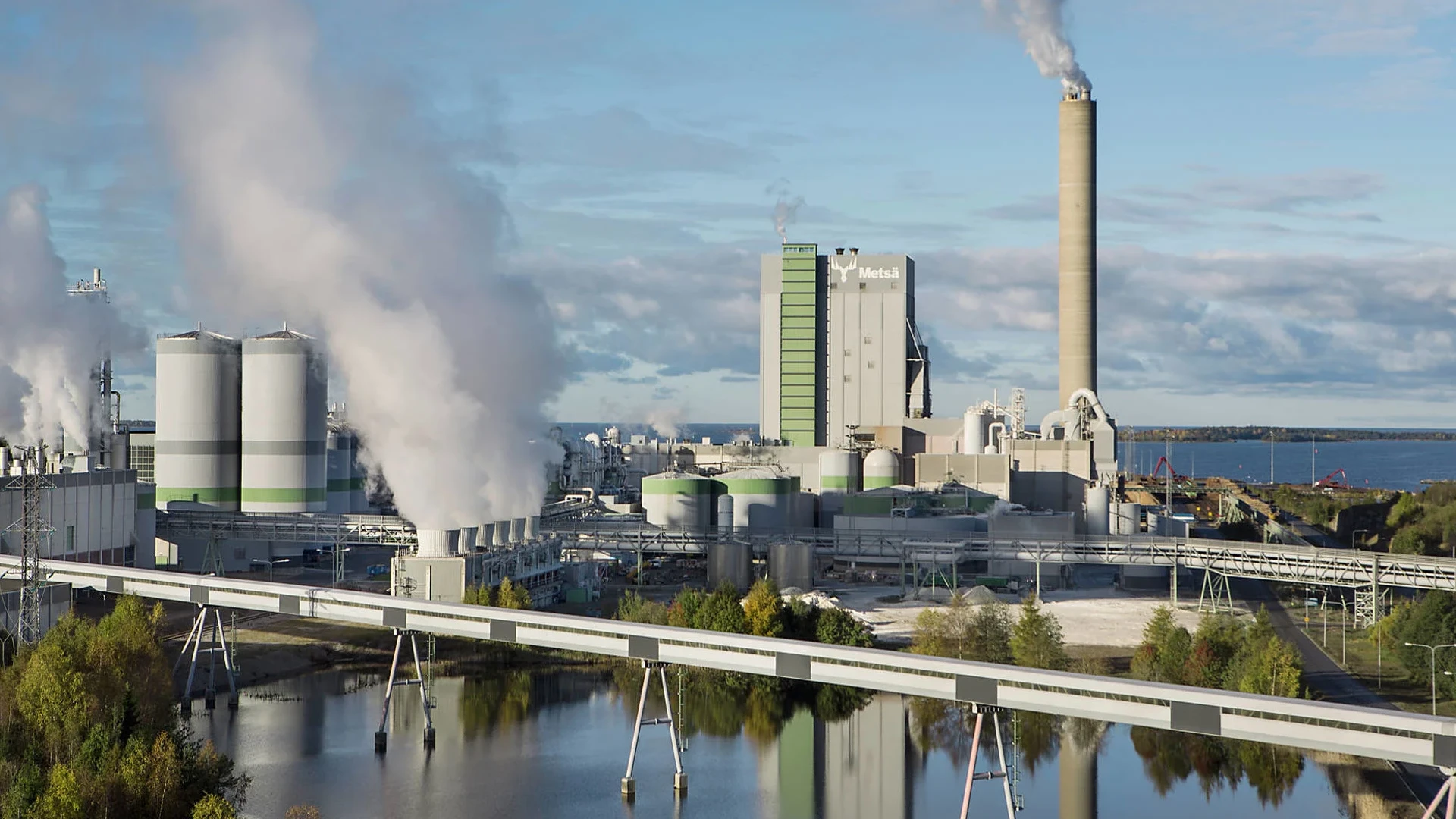Metsä Group, a leading Finnish forest industry group active in pulp, paperboard, tissue and wood products, has begun operating a carbon capture pilot plant at its Rauma mill. The project is carried out in cooperation with technology supplier Andritz, which provided the equipment.
The pilot represents the first attempt in the pulp and paper sector to capture carbon dioxide directly from pulp mill flue gases. Throughout autumn 2025, several operating models will be tested, focusing on aspects such as energy consumption and the quantity of CO₂ captured. The trials will also generate data on the need for flue gas treatment and on the quality of the final product.
“So far, the technology appears to be working well with the pulp mill’s flue gases,” commented Kaija Pehu-Lehtonen, SVP Business Development and Director of Metsä Group’s carbon capture project.
In parallel with the Rauma pilot, Metsä Group will assess the feasibility of building a larger-scale demonstration plant at another site, with a potential capacity of between 30,000 and 100,000 tonnes of captured CO₂ per year. No decision has yet been taken regarding either the investment or the location of this facility, as its implementation would require all technical and financial issues to be resolved.
Bio-based carbon dioxide remains an almost untapped side stream in pulp mills. It can serve as a raw material for the chemical and fuel industries, offering a sustainable substitute for fossil-based inputs. Importantly, carbon capture does not increase wood consumption at the mill, nor does it affect production efficiency.
“The investments related to capture are significant, and the market is still underdeveloped, so we are moving forward step by step. Moreover, the value chains from raw material to end product are often new and complex, requiring close cooperation between stakeholders and a deep understanding of industrial processes,” Pehu-Lehtonen added.
With its development initiatives, Metsä Group aims to accelerate the emergence of new markets. However, progress will also depend on regulatory frameworks at both EU and national level, as well as on financial support for green transition projects. Public aid will play a decisive role in speeding up industrial investments in this area.




